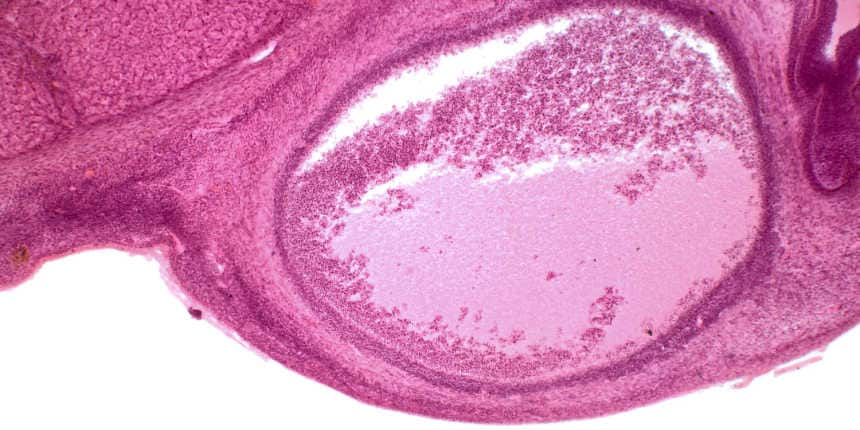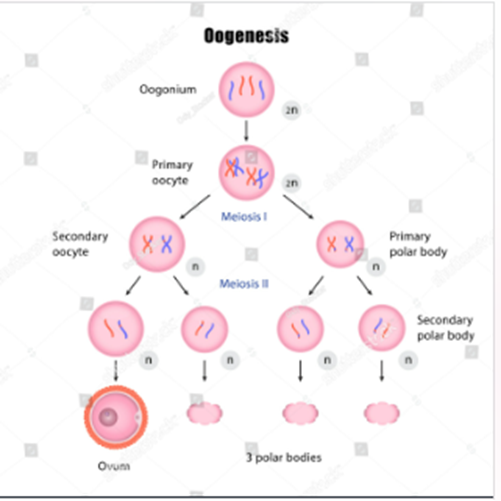How Many Polar Bodies are Formed During Oogenesis in Humans?
Three polar bodies are generated during oogenesis in the human body.

Polar bodies are small cytoplasmic exclusion structures that arise after sperm fertilization to confine excess DNA generated during oocyte meiosis. The zygote has around 2-3 polar bodies formed from the oocyte. Whether or not the first polar body (formed during meiosis I) divides during meiosis II determines this figure. Excess DNA from the reductive division makes up an exclusion body (2nd and 3rd polar bodies are formed from meiosis II at the time of fertilization). Such polar bodies do not contribute to the genetic complement of the zygote, foetus, or embryo.
Oogenesis And Polar Bodies Formation

Oogenesis is the process through which mature female gametes (ovum) are formed from gamete mother cells (oogonia). Oogenesis begins during embryonic development when a few million oogonia grow inside each foetal ovary.
Oogonia start to divide and are momentarily halted during prophase-I of meiosis, culminating in the production of primary oocytes. To form the main follicle, these oocytes are coated by a layer of granulosa cells.
Secondary follicles result from the production of additional layers of granulosa cells. The secondary follicle grows into a tertiary follicle with a fluid-filled chamber known as the antrum. The oocyte within the tertiary follicles completes the first meiotic division to form a secondary oocyte, and the follicle is now referred to as a mature follicle or Graafian follicle.
The secondary oocyte splits to become the ovum, which is released from the Graafian follicle during ovulation. Polar bodies are generated to divide the chromosome. Still, they are small in size, so the ovum retains the maximum quantity of cytoplasm to nourish the growing embryo following fertilization. The remnants of the Graafian follicle create the corpus luteum, which is responsible for maintaining the uterine endometrial line required for conception.
Applications for Admissions are open.
As per latest syllabus. Physics formulas, equations, & laws of class 11 & 12th chapters
JEE Main Important Chemistry formulas
Get nowAs per latest syllabus. Chemistry formulas, equations, & laws of class 11 & 12th chapters
JEE Main high scoring chapters and topics
Get nowAs per latest 2024 syllabus. Study 40% syllabus and score upto 100% marks in JEE
JEE Main Important Mathematics Formulas
Get nowAs per latest syllabus. Maths formulas, equations, & theorems of class 11 & 12th chapters